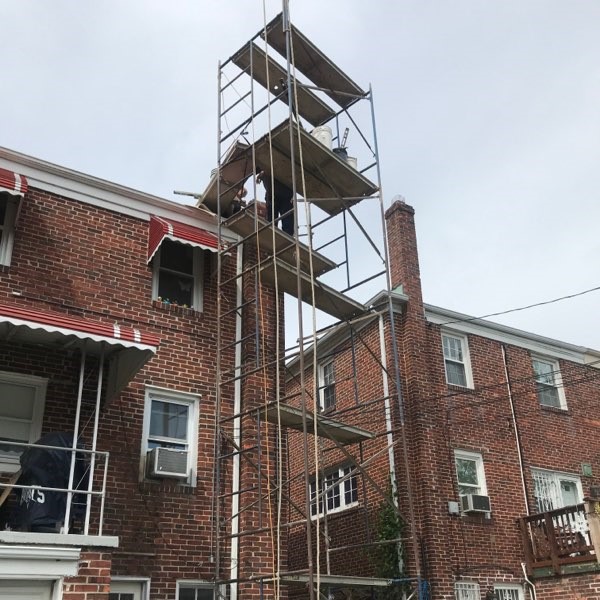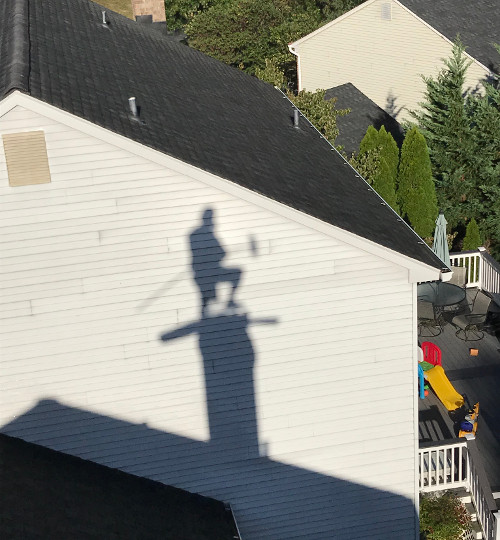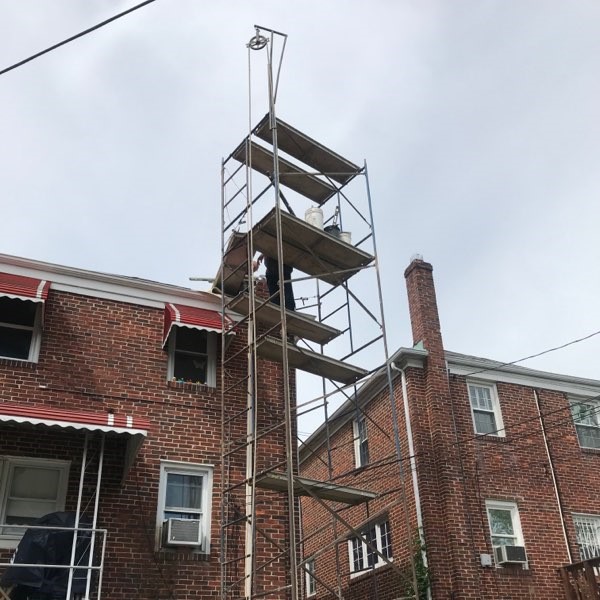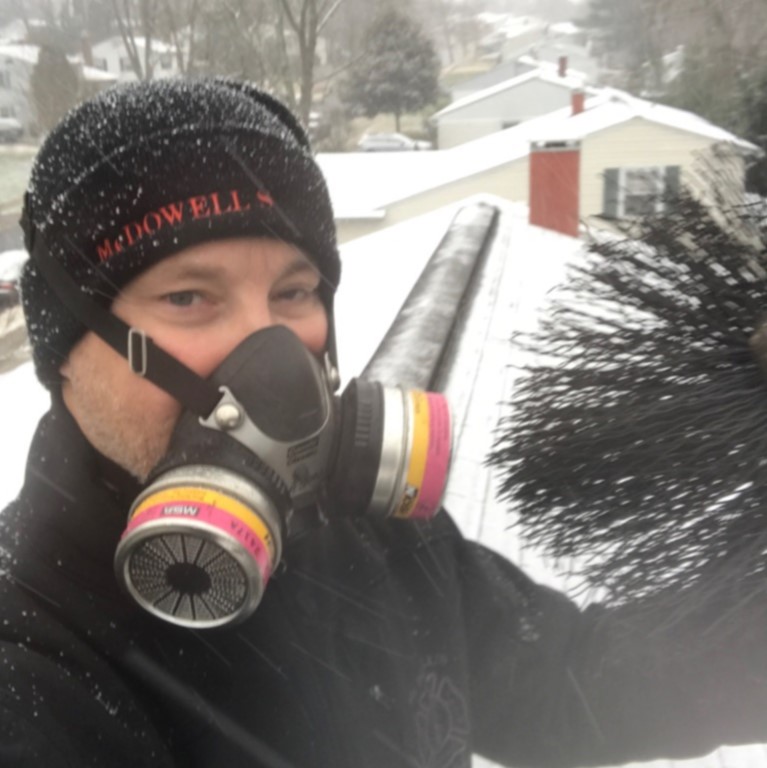SERVICES
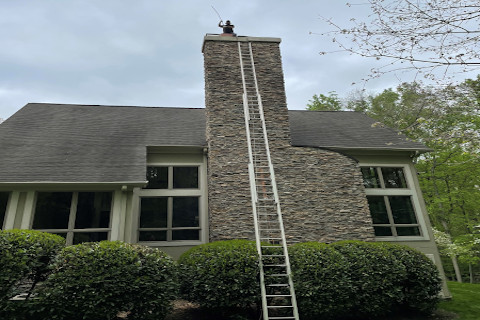
Sweeping
- All types of venting and chimneys cleaned and prepared.
- Clean, tidy with no mess made. All debris is caught before it reaches your room
- Internal and external access

Safety
- Inspection
- Gas Detection
- Minor Structure Repair
- Scaffold

Maintenance
- Advice
- Periodic Inspection
- Condition Reporting
- Fuel types
- Grate Maintenance
- Fire Place Flue cleaning
- Gas and oil Flue cleaning
- Chimney Safety Evaluations
- Video Scanning of Flues for Homeowners protection
- Masonry Restoration and Rebuilding
- Crown Restoration
- Installation of Stainless Steel Flue Caps and Screens
- Terra Cotta and Copper Chimney Pots
- Sales and Installation of Fireplaces, Wood Stoves and Pellet Stoves.
- Sales of Gas Stoves and Fireplaces Hearths, Mantels and Surrounds
- Fireplace Glass Doors
- Fireplace Accessories
- Dryer Vent Cleaning and Installation of Bird and Rodent Guards
- Leave Gutter Cleaning
- Leaves Out Gutter Guards
Appointment
Please use this form to request an appointment
ABOUT
The Story of McDowell’s Complete Chimney Service, Inc.
McDowell’s was established in 1978, by Wayne McDowell a Baltimore City firefighter. He
successfully operated the business for more than 41 years. Jason Rieger, his nephew, has been
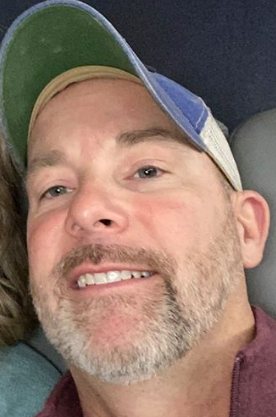 around the business since he was a kid. He eventually went to work for Mcdowell's where he
learned the trade from Wayne
around the business since he was a kid. He eventually went to work for Mcdowell's where he
learned the trade from Wayne
Now, after 25 years of working for Wayne, and all of their customers, Jason bought the family business in November of 2019. This has been something he has worked hard for. and is happy to carry the torch. Mcdowell's chimney company continues the legacy built by Wayne under Jason’s leadership. They are still a full service chimney company, (Fireplace, Woodstove, Oil/gas Furnace & flue cleanings. Installing wood, and gas inserts/servicing. full prefab fireplace replacements, dryer vent cleaning, gutter cleaning gutter guards)
Jason is a certified member of the Chimney Safety Institute of America, National Chimney Sweep Guild and is licensed by the Maryland Home Improvement Commission. They do chimney caps and chase cover top replacements as well as firebox panels, and dampers. Rich Cole is their full time mason on staff with 15 years experience that does Masonry repairs and Crowns along with stainless Steel liner for fireplace, Wood Stoves, and Furnace/HW heaters.
Jason's wife Stephanie, and mom Gloria work part time in the office. Laura Stewart is the office manager with more than 15 years of experience. We are CSIA certified. Members of the National Chimney Sweep Guild, Angie’s List as well as a preferred company of the Better Business Bureau. Mcdowells appreciate all of their customers and the opportunity to continue servicing your homes.
Our Team
Meet our team. We are problem solvers. Exceptional workers. Experienced Chimney servicers
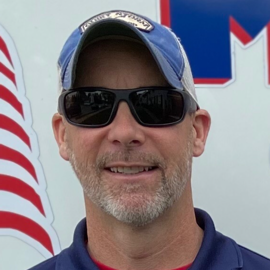
Jason Rieger
Owner

Rich Cole
Mason

Laura Stewart
Office Manager
Testimonials

Chris. B
Wayne and his team serviced our chimney in South Baltimore. He and his crew were very clean and honest with their inspection. They were able to convert our traditional fireplace to a Regency gas fireplace.
Once everything was installed, Wayne followed up to make sure we were pleased with the service and product. A few months later I got a call that the blower came in and they were going to come back out and install it. That was a pleasant surprise.
I would certainly recommend McDowell’s to anyone in the Baltimore area.

Ida & Bill Kern
Jason, Thank you and your staff at McDowell's' Chimney Complete Service for the professional installation of my new Regency free standing gas stove. The installation of the vent in our side wall looks great. Your explanation of how the unit operates was very informative and has come in handy. Having a split level home where the lower lever was always cooler has been corrected by the installation of this stove. the thermostat keeps the lower level very comfortable. Even during a power failure the stove kept us comfortable. Thank your staff for being prompt, courteous and even did a great job cleaning up afterwards.

Willy
My wife and I have an old home with 6 fireplaces, a furnace flue, and kitchen hearth flue, and we have been very happy McDowells customers for well over a decade. They have installed new stainless steel liners, and they inspect and clean all our flues as needed on a yearly basis. The teams that service our house are always courteous, conscientious, and they clean up well behind their work, and the company has always been very fair with their pricing. I recommend them highly, knowing they will take good care of all your chimney needs.
Reviews
PHOTO GALLERY
CONTACT
Message Us
if you have any questions you can call us or send a message using the form below
Address
2912 Hammonds Ferry RD
Lansdowne, MD 21227
info@mcdowellschimney.com
Call Today: 410-242-2252
Frequently Asked Questions
How do I know that my chimney is in working order?
Chimneys should be evaluated twice a year: before and after burning season. These evaluations will ensure that your chimney is in working order – that there are no obstructions, cracks, animals, footballs, etc. blocking or compromising the integrity of the chimney flue liner. An evaluation before the burning season will ensure that any nests or damage done by outside forces is removed and corrected, in order to prevent a chimney fire during the cold months. An evaluation after burning season will detect whether your chimney has been burning well or if you have been the victim of a chimney fire, without even knowing it. Any time you have your chimney evaluated, your professional sweep should go over any existing or potential problems with you. If you have questions, call us at 410-242-2252.
How do I light a fire in my fireplace?
Follow these steps to creating a safe and enjoyable fire.
- Open the damper, visually check to make sure it is open all the way.
- Ingredients – tinder, kindling & fuel Tinder can be shredded newspaper, small twigs, pine needles or pine cones. Kindling is the most important ingredient – large twigs, small branches & small splits of wood anywhere from 1/4″ to 1″ in thickness. Fuel should only be well-seasoned hardwood. If you have to burn softwoods, be certain they are well seasoned. Look for split, dry wood that has been stacked for up to a year. Loose bark and cracks in the ends are signs of seasoned wood.
- Starting the fire You will need a minimum of 3 logs over the kindling. Arrange two small to medium sized pieces of firewood on the grate, and place some shredded newspaper for tinder between the logs. Now cover the tinder or shredded newspaper with several pieces of kindling. Be generous with kindling – it’s the most important element in starting your fire. Place three more pieces of firewood on top of the kindling at right to each other. Leave some space between the logs for air circulation. Warm up the flue after opening damper all the way For fireplaces, warm up the flue by holding a piece of burning rolled-up newspaper in the (opened) damper region for 10-15 seconds. This helps the flue establish a good draft. Then light the tinder. Within a few minutes, you should have a nice, hot, roaring fire!
What should I do when my fire starts to smoke into the room?
First, put on a fireproof glove and check to see if your damper is open. If it is and the smoking continues, open a nearby window a crack for a minute or two, until the fire is going well, then close it again. If it just smokes when you light the fire, it may be because the flue is cold. Did you warm the flue with a burning rolled-up newspaper held in the damper region? If not, that usually works. If the chimney continues to smoke, call a chimney professional. Your chimney may be clogged by animal nests or an accumulation of soot and creosote, or have additional problems. You should have an ash can with lid and wooden handle and a complete set of fireplace tools so you can safely remove the burning logs in case you need to. What is the best kind of wood to use? Use only well-seasoned hardwood (oak, hickory). If you have to burn softwoods (fir, cedar), be certain they are well seasoned. Look for split, dry wood that has been stacked for up to a year. Loose bark and cracks in the ends are signs of seasoned wood. One easy way to tell is: if it drops its leaves, it’s better to burn than if it stays green all year, i.e. evergreens.
Is it safe to burn garbage in my fireplace?
NO! Don’t burn treated lumber, trash or anything other than wood in your fireplace or stove. Burning trash and other treated or artificial products can release deadly toxins into your home and the atmosphere.
Can I use artificial logs in my wood stove?
NO! Don’t burn artificial logs in a wood stove, unless they are specifically designed for wood stove use and labeled as such.
What’s the difference between a freestanding and a fireplace insert stove?
Freestanding stoves can be connected to chimneys built especially for them. The chimneys may be of masonry construction or be a factory-built metal system that’s been designed, tested and listed for use with wood burning appliances. Freestanding stoves can also connect to an existing fireplace chimney, if the height and position of the stove’s flue collar permits it. When this type of installation is done, the stoves may be called hearth stoves.
Fireplace inserts are a special type of wood stove and are specifically designed to fit into the firebox (where logs normally go) of an existing fireplace and to use the fireplace flue to vent smoke and other by-products of combustion. Since the insert must be smaller than the fireplace opening, there is usually a surround panel attached to the stove which extends out around the fireplace opening to seal the firebox from room air.
How often should I have my furnace chimney checked?
These chimneys should be checked annually and cleaned as necessary. How do I know if my furnace chimney needs to be cleaned? If you have an oil furnace, you may see smoke around the connection pipes and a build up of soot on top of the furnace and hot water heater. Extreme abnormal amount of heat in the area of the furnace and connecting pipes may be another sign that the oil furnace chimney needs to be cleaned. If you have a gas furnace, which burns clear and odorless, a CO (carbon monoxide) detector is a must. One of the only ways to keep your family safe is to install one in your home. If your CO detector goes off, ventilate the area and exit the house. Call your local gas and electric company for procedures. Carbon monoxide is deadly and should be treated as an emergency situation.
How important is a CO detector?
A carbon monoxide detector is extremely important to the safety of your family. Because gas burns clear and odorless, it is nearly impossible to know if you are being poisoned by it. Should your CO detector activate, day or night, treat the situation as an emergency. At night, check to see if everyone in the house is awake and alert. Make sure the house is evacuated of humans and pets. Call your local gas and electric company’s emergency number from the neighbor’s house and the operator will instruct you what procedures to follow.
Why do I need to clean my dryer vent?
Two important reasons: There were over 15,500 dryer vent fires last year. Even though people clean out their lint filter, they don’t realize that the dryer vent duct is where lint really builds up and gets clogged. The lint is highly flammable, which leads to dryer fires. Lint buildup make the dryer use more energy to dry clothes. If the dryer is not drying efficiently, it is taking more money to dry and re-dry your clothes.
How do I know that my dryer vent needs to be cleaned?
If your dryer doesn’t seem to be drying clothes well, chances are the dryer vent is clogged up.
Can I clean my own dryer vent?
Yes and no. If you have a short “run”, cleaning your own vent may be an option. However, today’s longer runs, some of which extend across the basement or laundry room ceiling and make several turns along the way, are more complicated and require a professional. The best solution is to find a professional duct cleaner to evaluate your dryer vent and clean it with their specialized tools.
Employment
Hiring
We are always looking for dependable individuals who are interested in working in our industry. Here are seasonal positions that are available.
Experienced chimney Sweep
Requirements: Candidates must be reliable with at least one year of chimney sweeping experience, and must be comfortable working on roofs and ladders. C.S.I.A. certification or masonry experience is a plus. The ability to pass a General Health Physical (which includes a drug test), Current MD Driver’s License and clean driving record required. Uniform program and benefits are available. Salary is commensurate with experience. Please call us at 410-242-2252 for more details about job opportunities.
Experienced Mason
Requirements: Candidates must be reliable, and must be comfortable working on roofs, scaffolding, and ladders. Must be familiar in chimney rebuilding and repair. The ability to pass a General Health Physical (which includes a drug test), Current MD Driver’s License and clean driving record required. Uniform program and benefits are available. Salary is commensurate with experience. Please call us at 410-242-2252 for more details about job opportunities.
Part Time Chimney Sweep Assistant
Requirements: Candidates must be reliable, and must be comfortable working on roofs, scaffolding, and ladders, own some basic hand tools. The ability to pass a General Health Physical (which includes a drug test), Current MD Driver’s License and clean driving record required. Masonry skills are a plus, but not required. Uniform program and benefits are available. Salary is commensurate with experience. This part-time position could lead to full-time employment by the Fall. Please call us at 410-242-2252 for more details about job opportunities.

